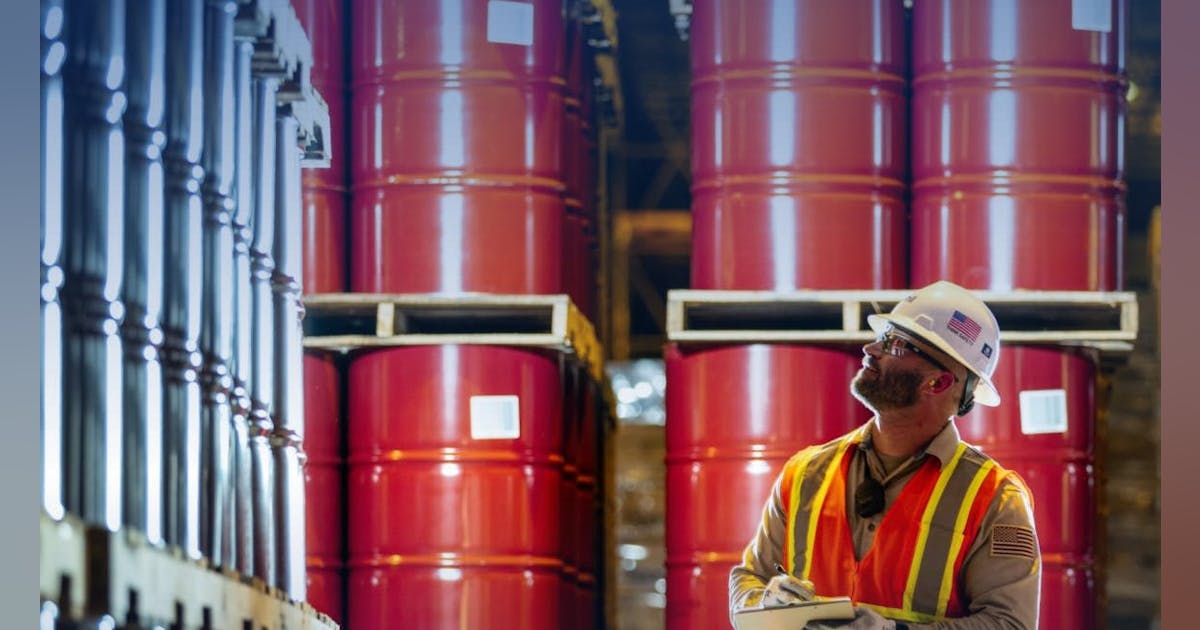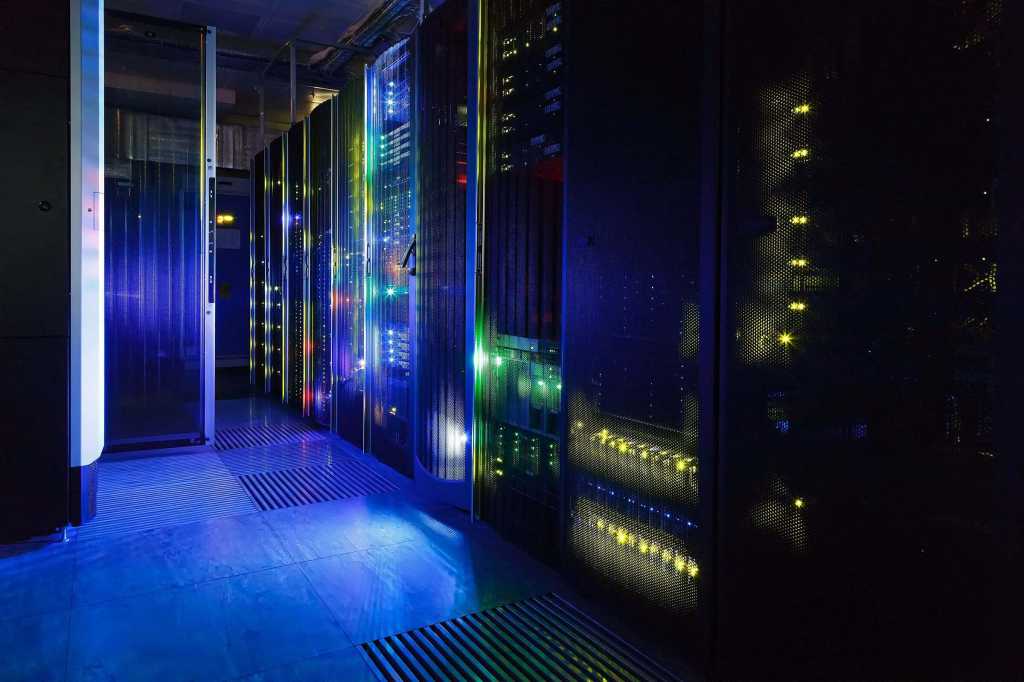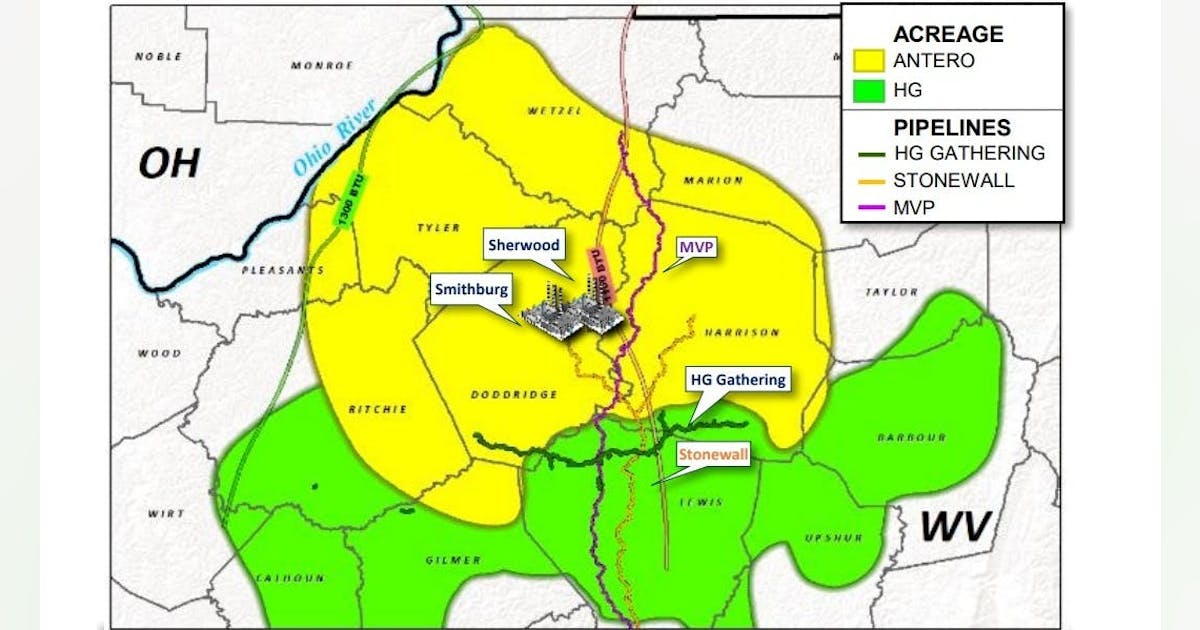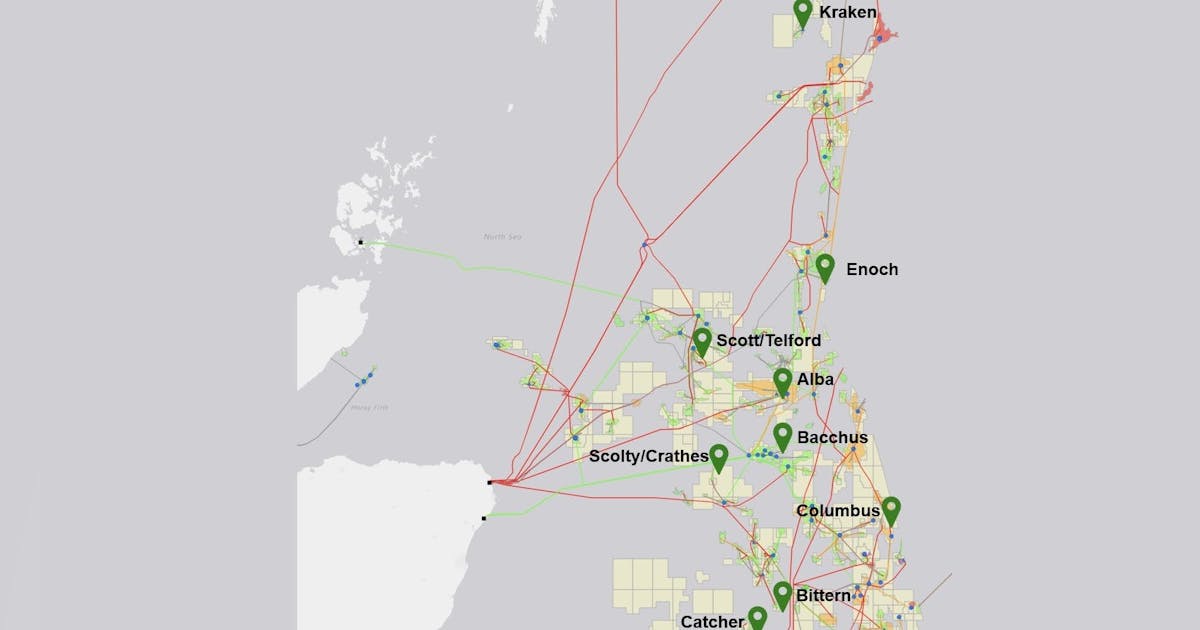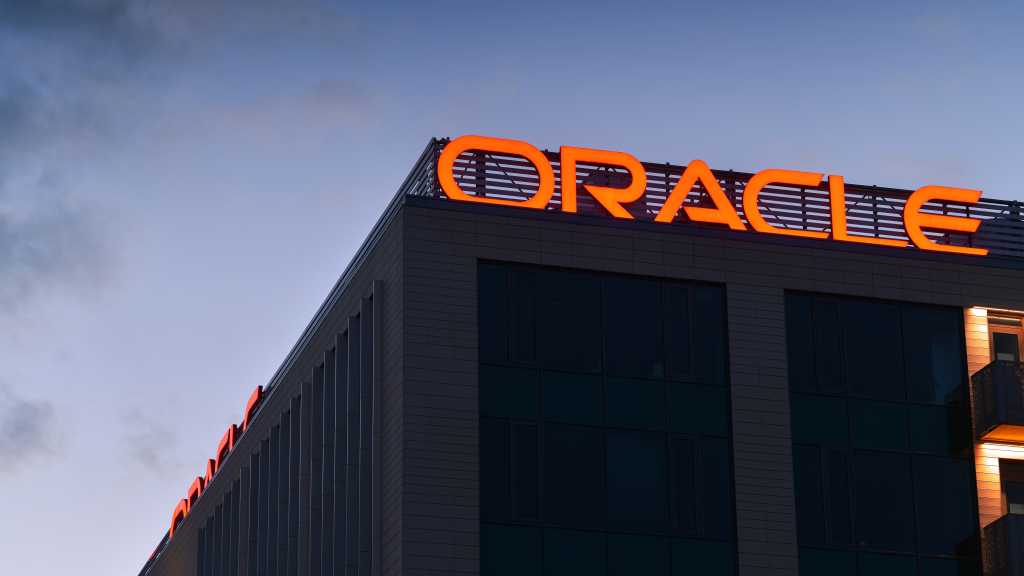Join our daily and weekly newsletters for the latest updates and exclusive content on industry-leading AI coverage. Learn More
Qualcomm unveiled AI technologies and collaborations for PCs, cars, smart homes and enterprises at CES 2025.
At the big tech trade show in Las Vegas, Qualcomm Technologies showed how it’s using AI capabilities in its chips to drive the transformation of user experiences across diverse device categories, including PCs, automobiles, smart homes and into enterprises.
The company unveiled the Snapdragon X platform, the fourth platform in its high-performance PC portfolio, the Snapdragon X Series, bringing industry-leading performance, multi-day battery life, and AI leadership to more of the Windows ecosystem. Qualcomm has talked about how its processors are making headway grabbing share from the x86-based AMD and Intel rivals through better efficiency. Qualcomm’s neural processing unit gets about 45 TOPS, a key benchmark for AI PCs.
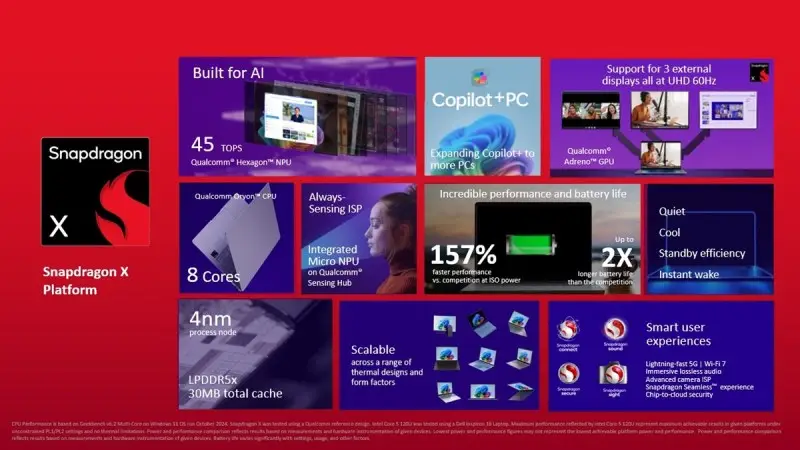
Additionally, Qualcomm Technologies showcased continued traction of the Snapdragon X Series, with over 60 designs in production or development and more than 100 expected by 2026.
Snapdragon for vehicles
Qualcomm demoed chips that are expanding its automotive collaborations. It is working with Alpine, Amazon, Leapmotor, Mobis, Royal Enfield, and Sony Honda Mobility, who look to Snapdragon Digital Chassis solutions to drive AI-powered in-cabin and advanced driver assistance systems (ADAS).
Qualcomm also announced continued traction for its Snapdragon Elite-tier platforms for automotive,
highlighting its work with Desay, Garmin, and Panasonic for Snapdragon Cockpit Elite. Throughout the show, Qualcomm will highlight its holistic approach to improving comfort and focusing on safety with demonstrations on the potential of the convergence of AI, multimodal contextual awareness, and cloud
based services.
Attendees will also get a first glimpse of the new Snapdragon Ride Platform with integrated automated driving software stack and system definition jointly developed with BMW.
Smart home 2.0
The La Jolla, California-based company also showcased new AI chatbots integrated into appliances, advanced smart TVs, humanoid robots, and more. Qualcomm envisions 2025 as the start of “Smart Home 2.0,” with significant advancements coming from the integration of generative AI into products at the edge. The company featured devices with high-powered processors capable of handling complex AI tasks independently, enhancing user interaction and device functionality.
And it announced the next evolution of the Qualcomm Aware Platform, a cloud-based service that empowers enterprises to equip their devices with location, visibility, and monitoring capabilities to enable
the development of IoT solutions that meet specific needs and challenges of consumers and businesses
across a wide range of industries, including logistics, retail, energy, smart home, robotics and more.
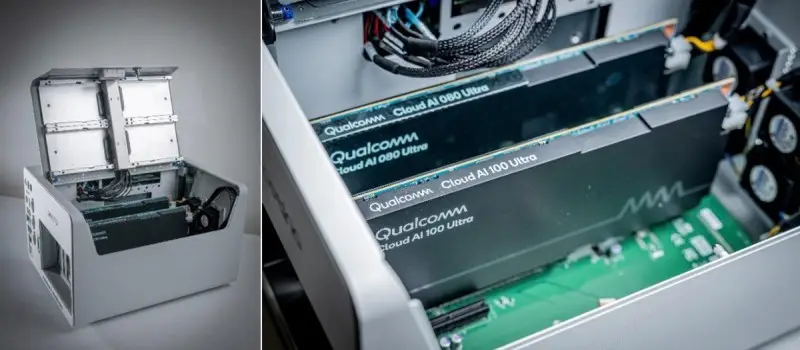
Qualcomm also highlighted the Qualcomm AI On-Prem Appliance Solution, an on-premise desktop or wall mounted hardware solution, and Qualcomm Cloud AI Inference Suite, a set of software and services for AI inferencing spanning from near-edge to cloud. The combination of these new offerings allows for small and medium businesses, enterprises and industrial organizations to run custom and off-the-shelf AI applications on their premises, including generative workloads. Running AI inference on premises can deliver significant savings in operational costs and overall total cost of ownership, compared to the cost of renting third-party AI infrastructure.
The Qualcomm Booth will be at #5000 in West Hall of LVCC with demos.
Daily insights on business use cases with VB Daily
If you want to impress your boss, VB Daily has you covered. We give you the inside scoop on what companies are doing with generative AI, from regulatory shifts to practical deployments, so you can share insights for maximum ROI.
Read our Privacy Policy
Thanks for subscribing. Check out more VB newsletters here.
An error occured.


